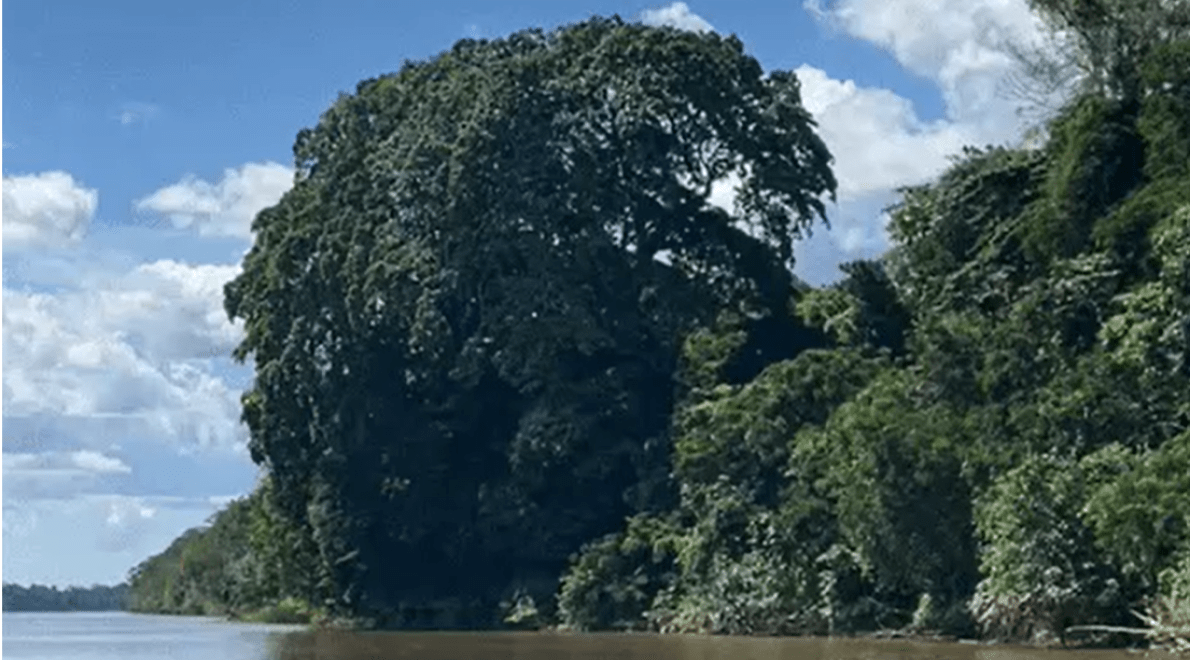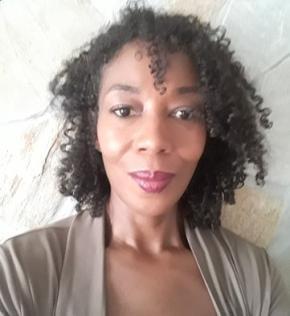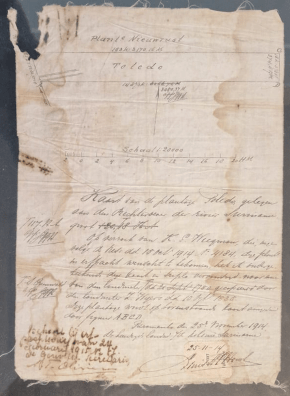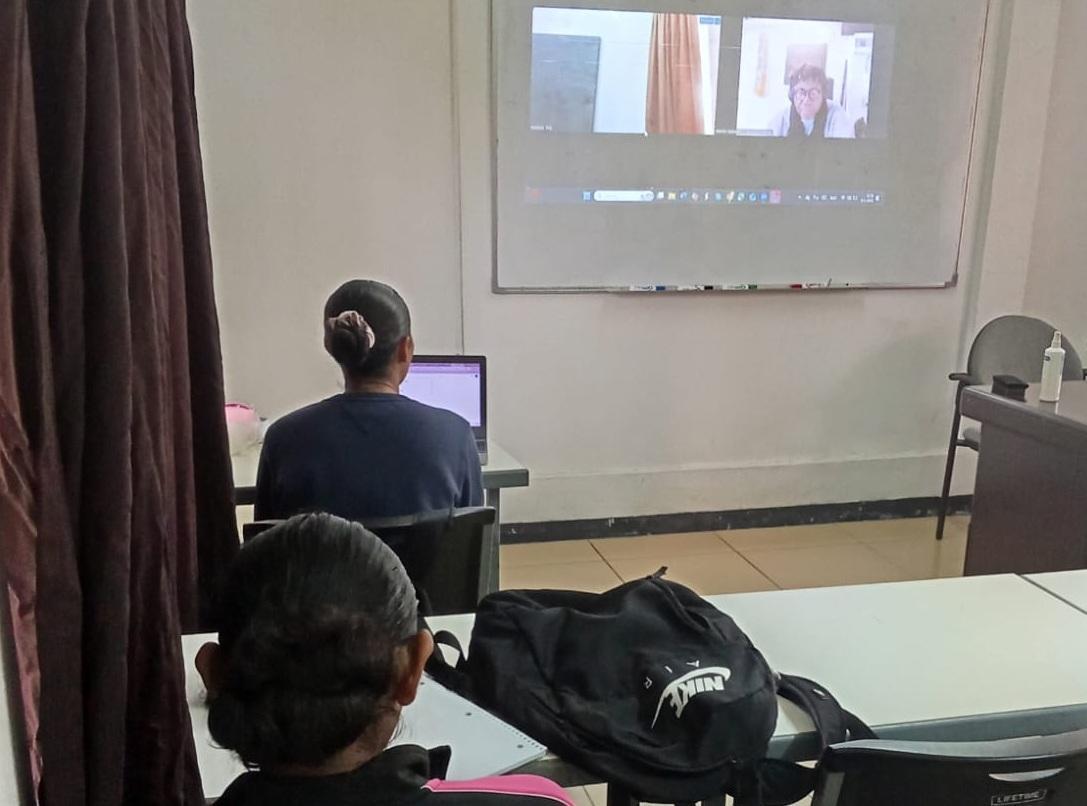Image

Plantation Bigi Bon (Big Tree) got its name from two enormous cedar trees that stood on either side of its borders on the Suriname River

Plantation Bigi Bon (Big Tree) got its name from two enormous cedar trees that stood on either side of its borders on the Suriname River

Students from the Anton de Kom University of Suriname (AdeKUS) are set to spend a week on a former plantation in Boven Suriname in the last week of January 2025, where they will conduct archaeological research into the living conditions of enslaved Africans. This unique trajectory, which is partly made possible with funds from the Netherlands, is part of a project by the Broos Institute for Afrocentric Studies and Research, in collaboration with its sister foundation US4US in Suriname and the AdeKUS.
The archaeological research is taking place at Plantage Toledo, located on the right bank of the Suriname River. The former sugar and cocoa plantation was also popularly called Bigi Bon (Big Tree) because of two enormous cedar trees that stood on either side of its borders on the river; formally it was called La Liberté (freedom), which is ironic, since during slavery Africans were forced to toil here for generations in captivity without being paid.

Archaeologist Dr. Cheryl White, who teaches archaeology and history at the Faculty of Humanities (FdHum) of AdeKUS, explained that the trajectory is unique from several perspectives.
For the first time, Surinamese students will look at life on a former Surinamese plantation from an African perspective.
Typically, when such research is done, it looks at how the Europeans made the area their own; what European structures and utensils can be found there.
This particular trajectory looks at what can hopefully still be found of the African influences, but also at how the descendants of the enslaved Africans cultivated the plantation after the abolition of slavery.”

After the abolition of slavery, Toledo Plantation remained in the hands of descendants of the Weegman family.
It is no coincidence that we are starting this project in 2025. The plantation came into the possession of our family in 1915, so this year we are commemorating that it has been 110 years,” said Marvin Hokstam, director and founder of The Broos Institute.
Hokstam's grandfather Frederik Weegman was the last descendant of Africans enslaved at Toledo to start a family on the plantation. His wife, Bertholina Deekman, was a granddaughter of the venerable freedom fighter Broos, whose descendants lived further up the river, at the Racarac plantation.
Broos is the only freedom fighter of whom a photograph exists; the Broos Institute is named after him.
The children and grandchildren of the Weegman-Deekman couple have always maintained the plantation. It is a magical place where it is wonderful to stay.
We are of course curious about what the students will find; that way we might learn more about our ancestors. The fact that they took over the plantation after slavery says in any case that they were proud people who preserved their human dignity despite being enslaved.
And that notion of holding on to pride was there throughout the Afro-Surinamese community; the only thing is that it has not been researched enough. We are taking the lead.””
The young people who participate in the trajectory are archaeology and history students and a few Dutch language students. They will initially stay on the plantation for a week; the archaeology students will investigate the soil along forest paths with their teachers. Two forest rangers will excort the group in the forest. The archaeology students will write a scientific report.
The Dutch language students will be going along to do journalistic reports, with which they will sharpen their writing skills. Last week Hokstam, a veteran journalist and founder of AFRO Magazine, gave them a guest lecture on journalism.

This week, students are interviewing Toledo descendants to gain more insight into the plantation's history. Their articles will be published in AFRO Magazine.
I am proud to be part of this. There is so much about slavery that has only been told from a European perspective. Now I get to participate in a project that offers a different perspective," one of the students said enthusiastically.
The Broos Institute partly finances the project with its own funds -"because we believe that it is important that these kinds of initiatives are carried out by the Afro community itself and where possible also paid for". At the last minute they Institute also received a partial subsidy from Dutch Culture. A request for support that Stichting US4US made to the Dutch embassy in Suriname is still being processed.
The intention is that the archaeological research in Toledo will continue. The Broos Institute has cooperation agreements with African and American universities that have also shown interest in participating with their students in the future.
|
The Broos Institute was founded in 2022 and is well on its way to opening the first African university campus in Europe. In the meantime, the second block of the Africana Development Course that it offers in collaboration with the AdeKUS and the Kwame Nkrumah University of Science and Technology (KNUST) in Kumasi, Ghana, started last week. This course is the first university program ever in the Netherlands that places the African community at the center. This year, the Broos Institute is also launching several research projects focusing on slavery routes in Ghana, in collaboration with a partner university in the African country. Last year, Het Broos Instituut was also involved in a project with the St. Eustatius Burial Ground Alliance, which focused on, among other things, the remains of African enslaved people found on St. Eustatius. This project resulted in the publication of the Statia edition of Afro Magazine. The magazine is still available by sending a message to AFRO Magazine, via the contact form on this website. |